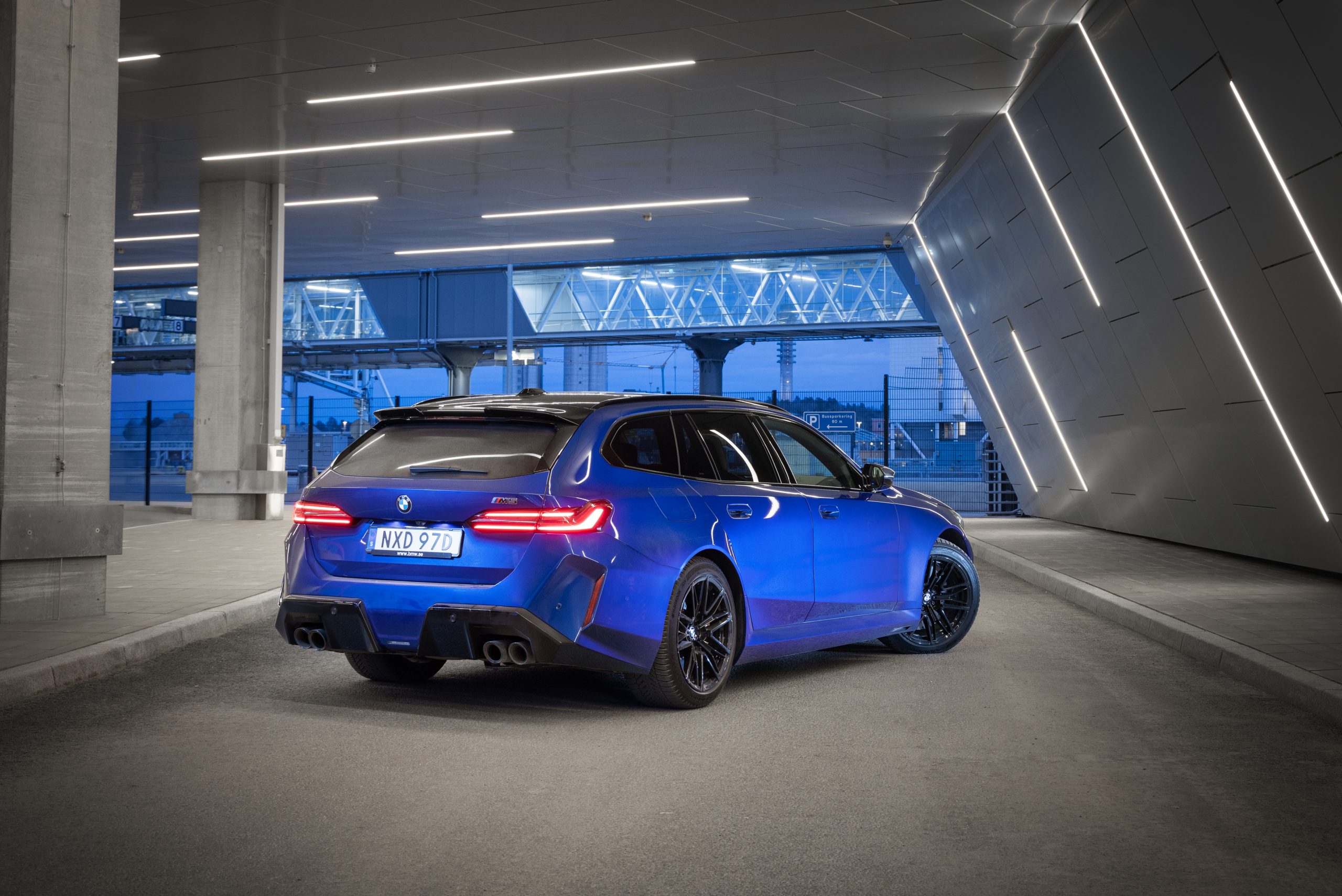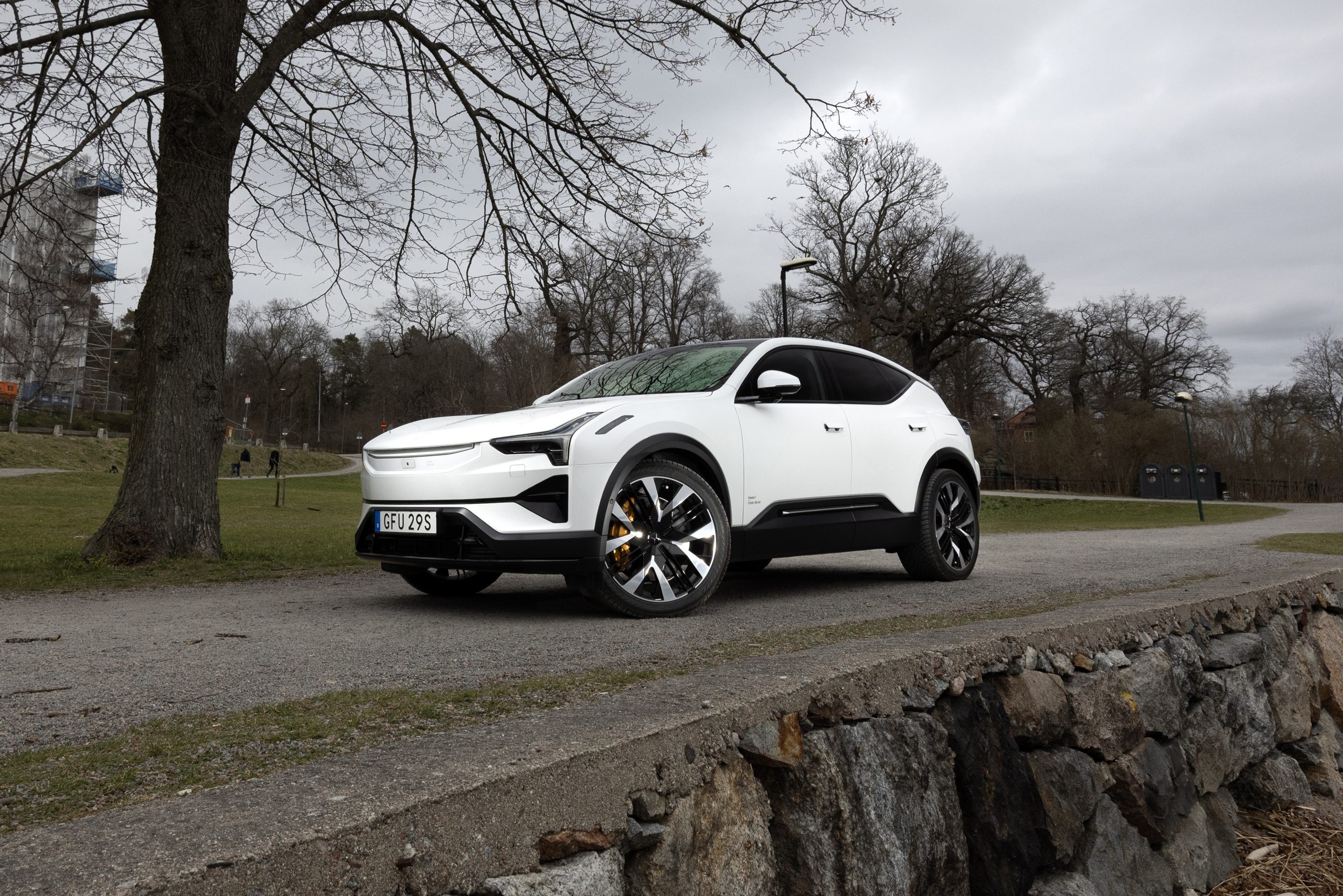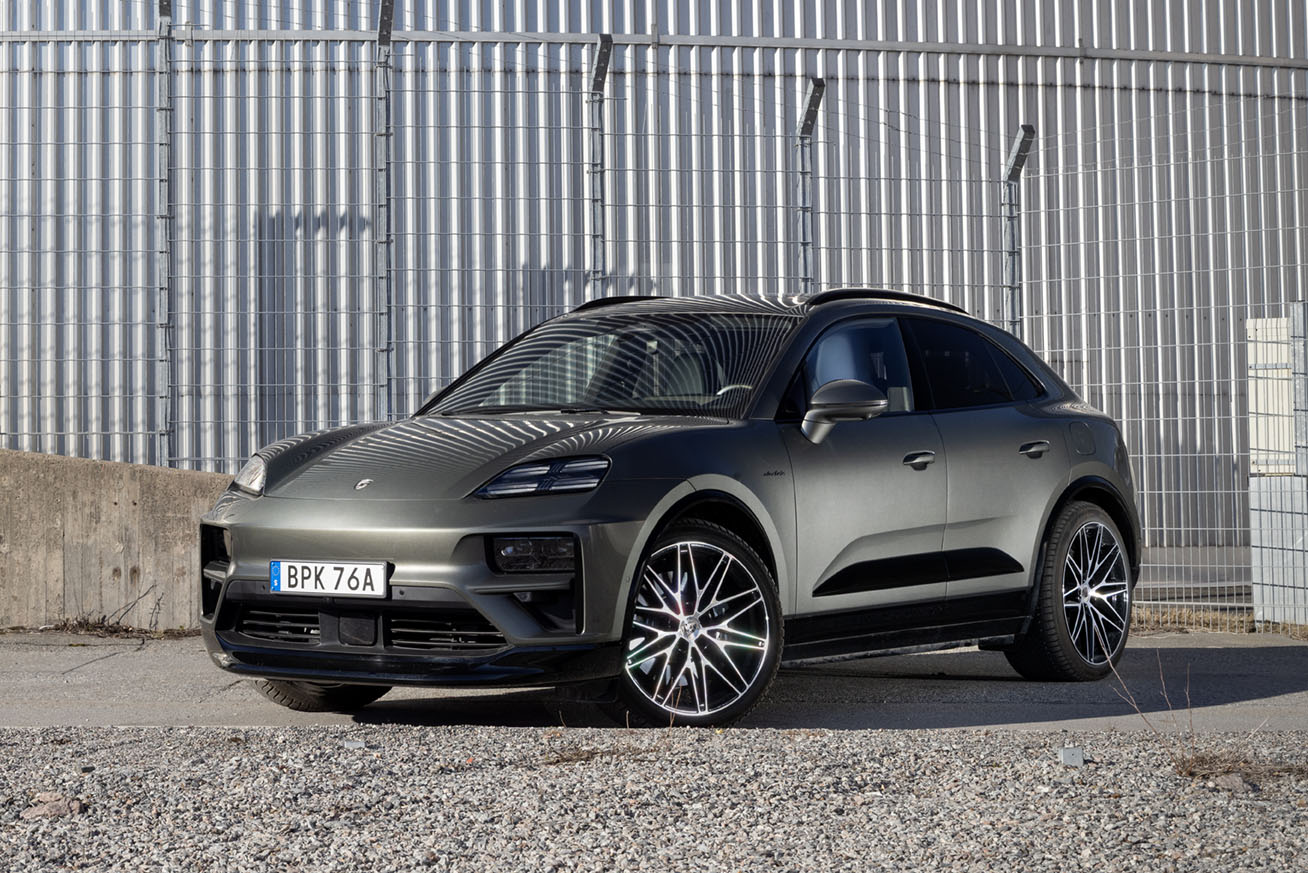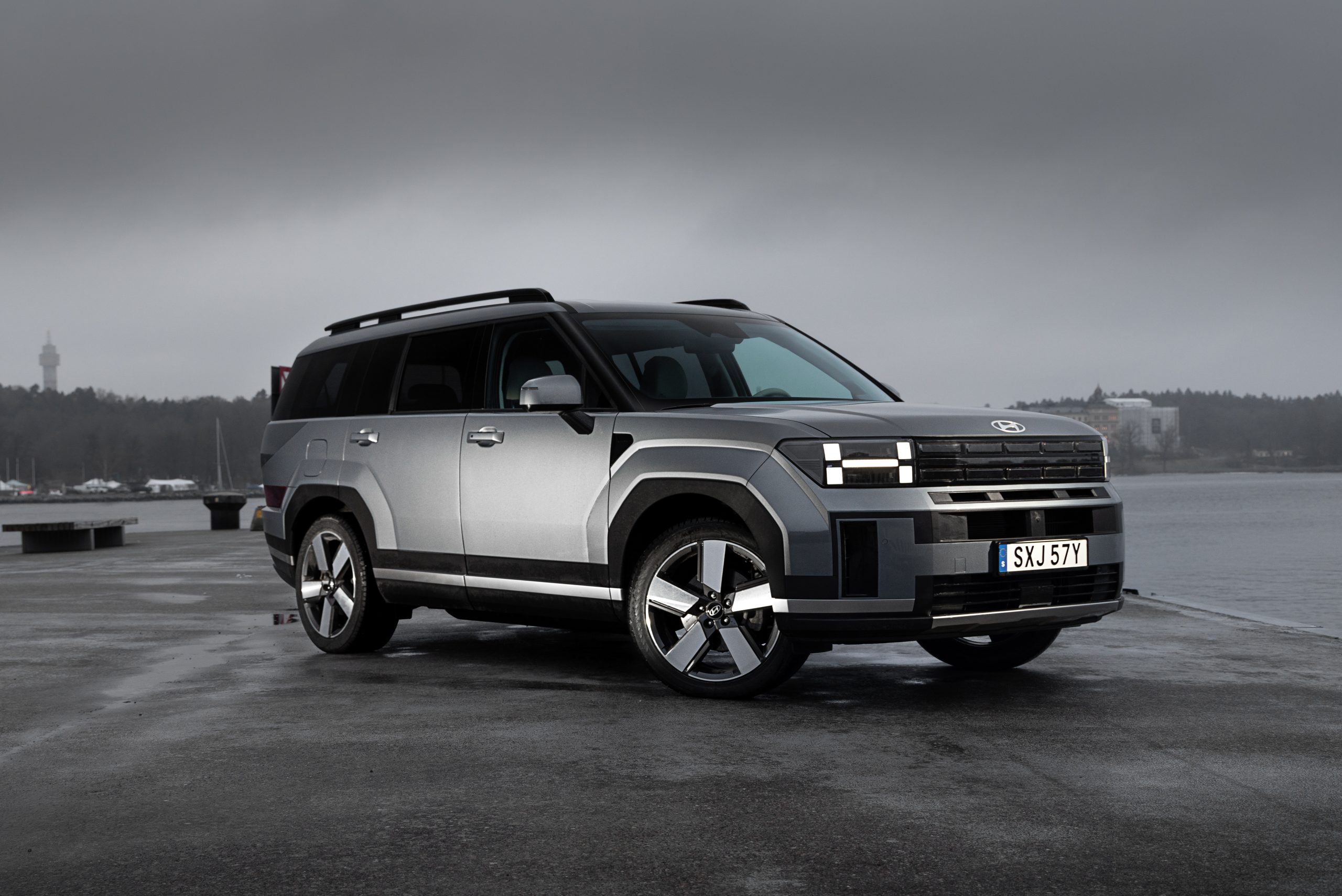
Filip Larsson is the CEO and founder of MOTIKON and located in Uppsala and Löddeköpinge. Before MOTIKON drove Filip Autoropa together with his brother, Jens Larsson. They ran Autoropa for twenty years. I worked for Autoropa and helped them with photos for their customer magazine, among other things. It was during this time that I got to know Filip. But as I mentioned, Filip now runs the car company MOTIKON. Filip is also the CEO and founder of the car organisation The Aurora which is held outside Båstad. You can read about Aurora here on carscollection.com.
Filip also has an extensive private collection of cars that he has built up over the years. He asked me to help him take pictures of some of them to keep as a memento and to share on social media, among other things. We met in his private garage north of Stockholm. There he showed me the cars that I would photograph. He gave me the keys to the cars and the garage, and then he left for work in Uppsala. Of course, it felt very nice and special to get such trust from him.
The cars he wanted me to take out to take pictures of were three Ferrari-models: a 1995 F512 M, a 2002 550 Barchetta and a 2015 F12 Berlinetta. In addition, a 1969 Mercedes SL (W113), which was nicknamed Pagoda. And a Jaguar XK120 from 1954.
Jaguar XK120, 1954

The oldest of the cars I was to photograph was a 1954 Jaguar XK120. This one The Jaguar has actually spent almost its entire life in Sweden since it was built. The first owner was Count Sten Bielke, who had the car delivered on 5 May 1955 via the Swedish distributor Fredlunds. Count Sten Bielke used the car as a racing car, including in ice racing.




According to Jaguar Service Bulletin 95A gave this XK120 spoke wheels for better brake cooling and C-type cylinder head, increasing power to 180 horsepower. The car has made a number of trips to England where it has been restored a couple of times. The first time was in 1970 when well-known Jaguar-specialist Oldham and Crowther carried out a complete refurbishment. Then it was time again in 1989 for a thorough refurbishment by the eminent Mill Lane Engineering. The total cost was £87,000 at the time, which equates to almost £240,000 today. Today, the car still looks as good as new after the refurbishment, a testament to the thoroughness and care it has received since then. It was also this particular car that required the most attention to drive. It certainly wasn't difficult to drive, but it did require focus.

Jaguar The XK120, a car that defined British sports car design in the late 1940s and early 1950s. Its clean lines, powerful engine and impressive performance made it an instant success. The XK120 was one of the first cars to show Jaguars new era of beautiful and high-performance cars. This car was not only fast, but also elegant and sporty, which contributed to its iconic status. Its influence can still be seen in modern car design, and it is highly sought after by collectors worldwide. This car represents a time when sports cars were raw, powerful and beautiful in a timeless way.
Engine: 3.4L straight six
Horsepower: Approximately 160 hp (varies by model year and specification)
Gearbox: Manual, 4-speed
Weight: Approx. 1000 kg (varies depending on model year and specification)
Mercedes 280 SL "Pagoda" (W113), 1969

The car that was the most fun to drive this day I must say was Mercedes SL. Power steering and a four-speed automatic were things that really set it apart from the Jaguar; Mercedes The SL also had an easy-to-use canopy that made it very popular in the sunny states of the USA. The US also became the main sales market. The nickname 'Pagoda' comes from its high windows and inward-curving shape, reminiscent of Asian temple buildings. The innovative design also improved the durability of the roof structure, which was a safety factor in case of accidents. Of course, the Ferrari cars were incredibly pleasant to drive, but switching from the Jaguar to the Mercedes was really nice. This particular example has been completely restored by MOTIKON. In service MOTIKON offers where the customer can have the renovation carried out to their own specification.





Mercedes The 1969 SL 'Pagoda' is a timeless classic that combines elegance and performance. Its distinctive pagoda-style roof gave it its nickname and became a trademark. The car represents a time when Mercedes-Benz was synonymous with quality, luxury and reliability. This SL model is known for its robust construction, smooth handling and timeless design that still inspires admiration today. Its popularity among collectors and enthusiasts is a testament to its enduring charm and iconic status.

Engine: 2.8L straight six
Horsepower: About 170 hp
Gearbox: Automatic or manual, 4-speed
Weight: Approx. 1150 kg
Ferrari 550 Barchetta, 2002

But as already mentioned, it was of course very nice to take out three such iconic Ferrari-models. First out was Ferrari 550 Barchetta. A modern convertible for its time, or as it is called in Ferrari's language: Barchetta. "Barchetta" is an Italian word that is usually translated into English as "small boat". The term originally referred to a small skiff used for recreational purposes. It is also used on some items of clothing and in car styling, where it describes a class of two-seater open-top sports cars. This is considered one of the most sought-after Ferrari models. This is 1 of 448 cars produced. The Ferrari 550 Barchetta has a 5.5 litre V12 with 483 horses. It has a 6-speed manual gearbox. The classically designed gear lever knob makes every gear change produce a very pleasant metallic click sound. An incredibly nice and cool car to enjoy.






The Ferrari 550 Barchetta is a limited edition of an already iconic car and is a tribute to Ferrari's history. This open-top sports car combines the powerful V12 engine of the 550 Maranello with an elegant and sporty design. With no roof and a unique proximity to the V12, the 550 Barchetta is a car that evokes emotion. Its exclusivity and performance make it a sought-after collector's car. It represents a perfect blend of classic Ferrari-design and, for the time, modern technology.

Engine: 5.5L V12
Horsepower: 483 hp
Gearbox: Manual, 6-speed
Weight: About 1500 kg
Ferrari F12 Berlinetta, 2015

After Ferrari 550 Barchetta, it was time for the most modern car of the day, a Ferrari F12 Berlinetta. The Ferrari F12 Berlinetta was the last Ferrari model designed by Pininfarina. It is much sportier than its predecessor, the 599 GTB, including being more compact and having a lower centre of gravity. Those of you who have been following me have been able to read my test of the Ferrari F12 Berlinetta when it was new. I did that when I was in Norway and at my friend Cathrine Bakke's house who I got to know through Gran Turismo Events where she has been several times. Cathrine owned an F12 Berlinetta just when it was new. It was almost identical to Filip and the F12 that he let me take out. As I said, this was the most modern of the cars I got to take out that day. It was also the car with the most horsepower for the day. A whopping 740 horses are delivered out of the 6.3 litre V12 engine to be precise. That's more than enough, I can promise you. The "soundtrack" that plays out of the four exhaust pipes at the rear is truly marvellous!






The Ferrari F12 Berlinetta, a powerful and elegant grand tourer, represents Ferrari's top model from the mid-2010s. With its sharp design, powerful V12 engine and advanced technology, it set new standards in performance and luxury. The F12 Berlinetta is renowned for its incredible acceleration and extreme road holding. Its design is both modern and timeless, combining power with elegance in a unique way. This car is a modern classic that will continue to impress for years to come.

Engine: 6.3L V12
Horsepower: 740 hp
Gearbox: Automatic, 7-speed
Weight: Approx. 1525 kg
Ferrari F512 M, 1995

The Ferrari F512 M may look to the untrained eye like a Ferrari Testarossa. But the trained eye sees that it is no ordinary Testarossa but a Ferrari F512 M. A unique and limited Ferrari model, 1 of 501 produced. The Ferrari F512 M was the replacement for the 512 TR and was presented at the Paris Salon in autumn 1994. The new model was born at a time when it was decided to use an "F" prefix (for Ferrari) on the model number, which, as with the 512 TR, referred to the 5 litre engine volume and number of cylinders. The 'M' suffix stood for 'Modificata' (modified), a symbol used by Ferrari on the 512 S sports racing cars in the early seventies, when they were upgraded to become 512 M models, further reflecting the company's history. As I mentioned regarding the gears on the Ferrari 550 Barchetta, they are even more distinctive on the F512 M. In addition, it has one less gear, so only five. It has titanium parts in the engine to make it as light as possible, which makes it sportier than the Testaross. The Ferrari F512 M is really a nice and raw car, completely to my taste.






The Ferrari F512 M, an evolution of the legendary Testarossa, represents a high point in Ferrari's history. With its surprising design, powerful engine and impressive performance, it became a favourite among enthusiasts. This car is known for its iconic wedge silhouette and its characteristic air intakes on the sides. The F512 M combines the classic Ferrari feel with modern technology and performance, making it a sought-after collector's car. Its powerful engine and sporty handling make it a true enthusiast's car.

Engine: 4.9L flat-12
Horsepower: 446 hp
Gearbox: Manual, 5-speed
Weight: Approx. 1450 kg





Leave a Reply